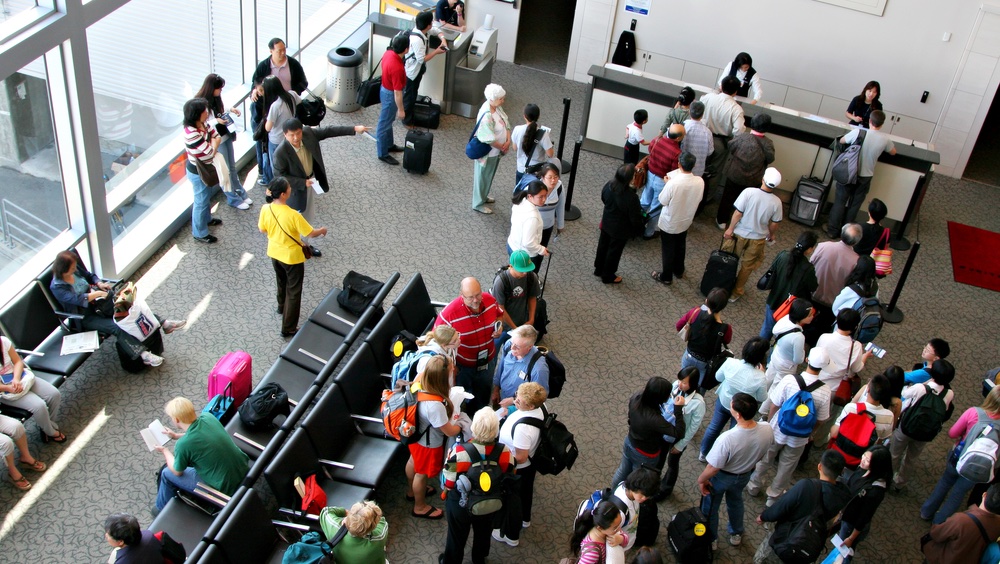
The U.S. Customs and Border Protection (CBP) agency has partnered with the Transportation Security Administration (TSA) to conduct a 30-day test of the use of facial recognition technology to screen international travelers at Los Angeles International Airport. CBP has a stated goal of a 97% to 100% match rate, but an audit conducted by the Department of Homeland Security’s Office of Inspector General has found that the pilot programs that had been run at nine airports last year had a combined match rate of only 85%.
Pilot programs at airports in Boston, Houston, New York, and Atlanta photographed travelers were as they prepared to board planes. The cameras used facial recognition technology to match up the faces of departing travelers with data collected by the federal government on each foreign national who enters the country. Those photos whose images were already in the government system saw a match 98% of the time, but airport screeners encountered difficulties in taking photographs of the passengers because of “poor network availability, a lack of dedicated staff and compressed boarding times due to flight delays,” according to the audit. Due to these problems, the overall biometric confirmation rate was only 85%. Poor quality of digital images also caused difficulty matching travelers under the age of 29 and over the age of 70, and with matching certain nationalities — specifically U.S. citizens, Mexicans, and Canadians — because the government’s “digital gallery” had fewer photos of those nationalities than of other foreign travelers.
